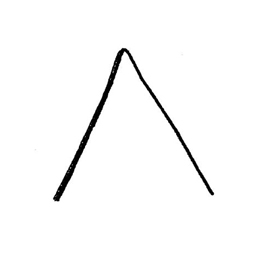Lachnanthes Elliott
Carolina redroot, bloodroot, paintroot, woolflower
Haemodoraceae
Eriocaulon, Lachnocaulon, Mesanthemum, Philydrum, Xyris, Zephyranthes
Nova Scotia, eastern United States, West Indies
Lachnanthes caroliniana (Lam.) Dandy
information not available
Lachnanthes caroliniana can be weedy in commercial cranberry bogs.
obligate wetland herb
Small to medium rosetterosette:
(n) a radiating cluster of leaves, usually close to the ground at the base of a plant
 plant. Rhizomes reddish, roots fibrous. Flowering stems erect, distally woolly. Leaves basalbasal:
plant. Rhizomes reddish, roots fibrous. Flowering stems erect, distally woolly. Leaves basalbasal:
(adj) at or pertaining to the base, or point of attachment
, flattened in one dimension; if caulinecauline:
(adj) pertaining to or belonging to the stem
then gradually reduced to inflorescenceinflorescence:
(n) the arrangement of flowers on the floral axis
 bracts; leaf bladeblade:
bracts; leaf bladeblade:
(n) (syn. lamina) the flat, expanded part of a leaf, frond, or petal (excluding, e.g., the petiole)
 linear to sword-shaped; apexapex:
linear to sword-shaped; apexapex:
(n) the point farthest from the point of attachment; the tip (often pointed)
acuteacute:
(adj) tapering to a sharp, pointed apex with more or less straight sides; broader than acuminate; forming an angle of less than 90 degrees ; base straight; venationvenation:
; base straight; venationvenation:
(n) the arrangement of veins in a leaf
parallel. Inflorescenceinflorescence:
(n) the arrangement of flowers on the floral axis
 an axillaryaxillary:
an axillaryaxillary:
(adj) in, of, or produced from an axil
rounded corymbose cluster of helicoidhelicoid:
(adj) coiled like a spiral or helix
cymes, with bracts subtending each flower; densely woolly, yellowish white. Flowers small, pale yellow; sepals 3, woolly outside; petals 3, woolly outside; stamens 3, with long filaments, anthers yellow; ovaryovary:
(n) a hollow organ at the base of the carpel of a flower in which ovules are produced
inferior.
sandy swamps, bogs, wet grasslands, ditches, lakes, pine forest, coastal plains
A monotypicmonotypic:
(adj) represented by a single example (species)
genus; Lachnanthes caroliniana is also known as Lachnanthes tinctoria (Walter ex J.F.Gmel.) Elliott. It has been shown to be toxic to livestock and its roots yield a red dye.